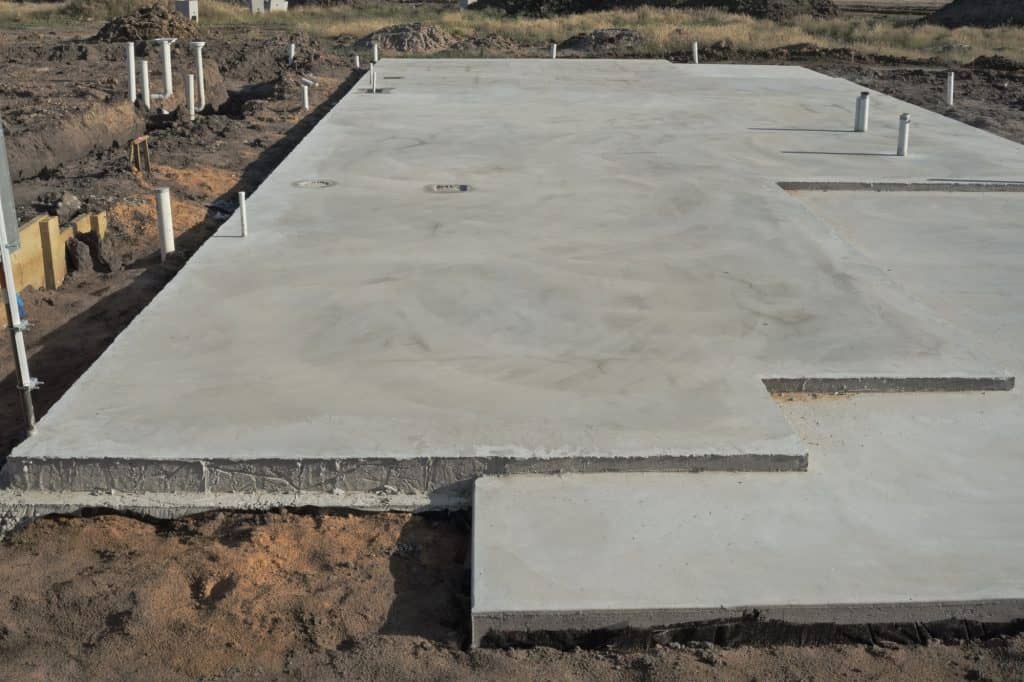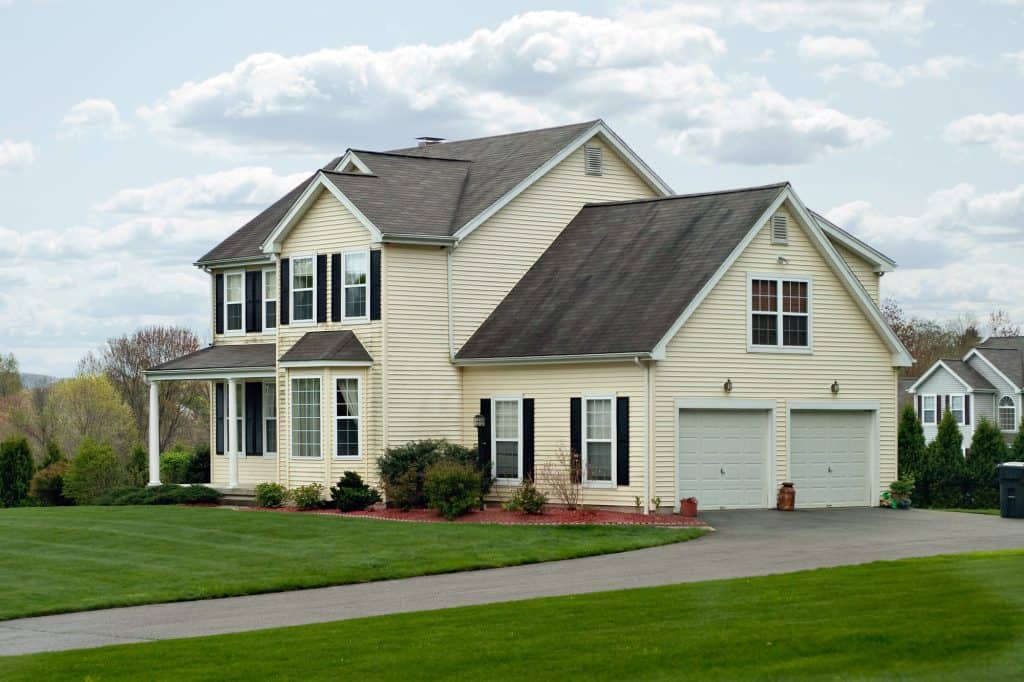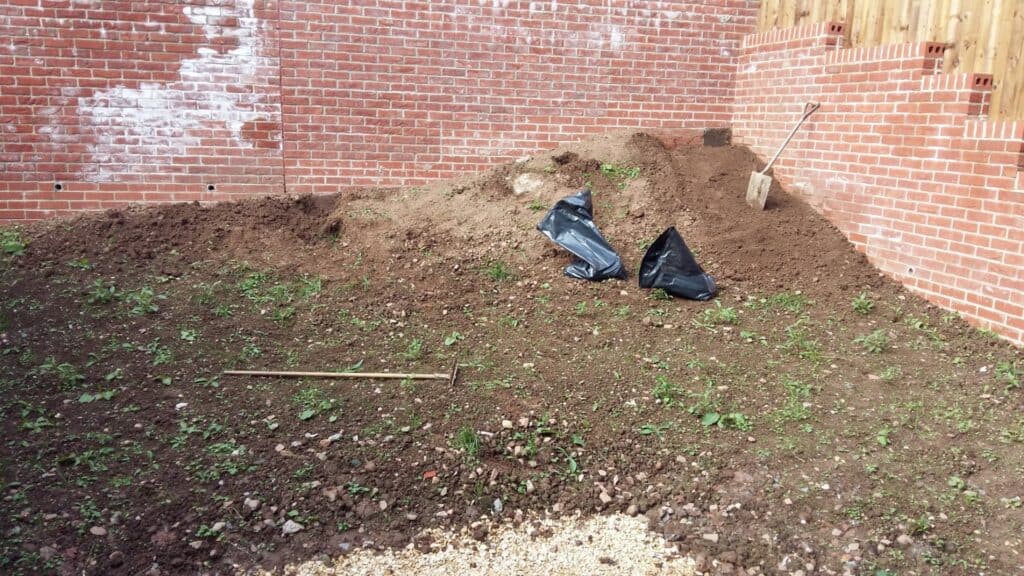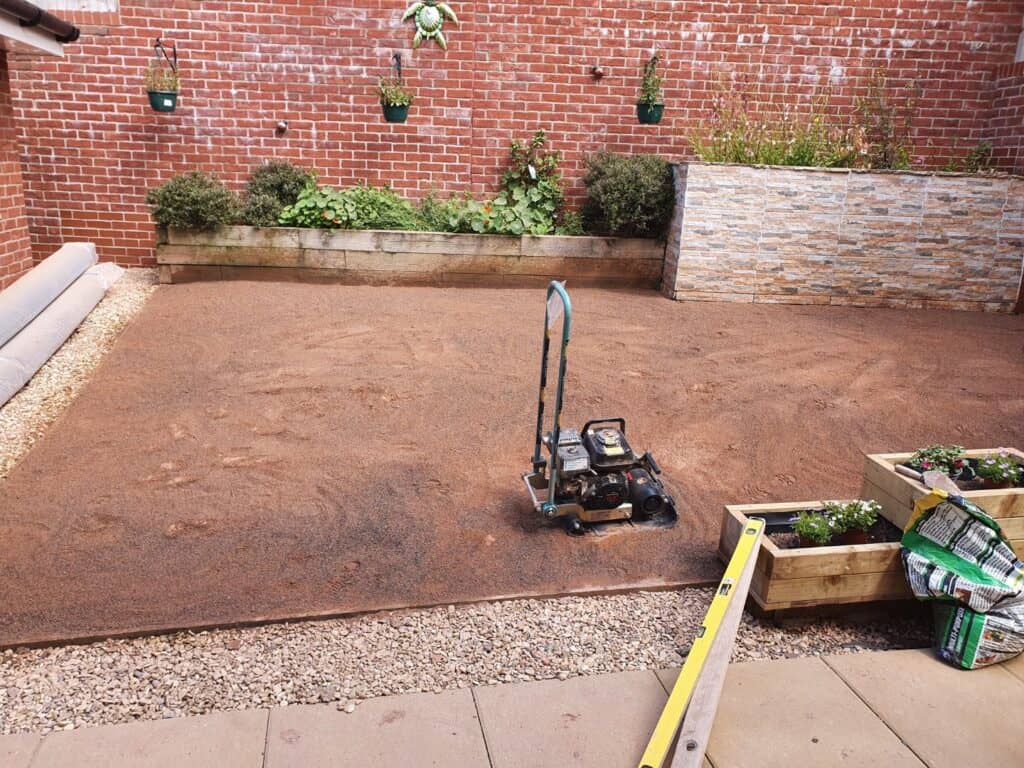If you are in the process of building a new home, you are probably very excited. After all, you get the opportunity to customize your home to meet your needs. You don’t have to worry about purchasing an older home that could have a bunch of problems, and you are probably busy imagining what your life might look like once the process is done.
Even though we know that new homes tend to have fewer problems when compared to older homes, one issue that you do have to think about when you are building a new house is foundation settling. How long does it take for the soil to settle, and what should you expect during the process? There are a few key points to keep in mind.
What Is Foundation Settling?

When we talk about foundation settling, we refer to the process of the soil settling underneath the house. No matter what type of foundation you have, which includes concrete slabs, crawl spaces, and basements, the foundation is gradually going to compact the soil. Then, as the soil begins to compact underneath the foundation, the house could move slightly.
It is normal for a house to settle, and minute amounts of movement will take place; however, you need to make sure that you understand how the process unfolds. Ideally, foundation settling will take place evenly across the structure. That way, you can reduce your chances of dealing with problems down the road.
How Long Does It Take To Settle?
It can be very difficult to predict how long it takes for the soil to stop settling:
- There are a lot of factors involved, and some people say that the process takes approximately three years.
- There are other people who will say that the process continues for as long as a decade.
- Then, there are even some people who say that the process technically never finishes!
The exact rate of soil settlement can change depending on the time of year, weather, and soil involved.
Regardless, you need to make sure you know as much as possible about the land before you start building. Even though there are plenty of homes that do not have any issues as the soil settles, it is also possible that you could have significant problems. What are the different factors involved that will play a role in how long it takes soil to settle?
Factors Impacting the Rate of Soil Settlement

There are several factors that will impact the rate at which your soil settles. Some of the factors to consider include:
The Gradient
The gradient of the slope on which your house sits is going to play a role in how quickly it settles. There is a good reason why your building crew is going to try to level the land before you start the process of building: the goal is to minimize movement.
Even though the building crew will try to get the ground as even as possible, it is very difficult to get the slope perfect. The steeper the gradient, the faster the soil underneath the house is going to move, and it could create problems.
The Weather
The weather is also going to play a role in how quickly your soil settles. If you live in a dry area, your house is going to take a bit longer to settle. On the other hand, if you live in an area that gets a lot of rain and snow, the moisture could cause the soil underneath your house to settle more quickly.
You should talk to your building crew about how the weather in your area is going to affect the settlement process. That way, you can prepare your home and its yards accordingly.
The Presence of Gutters and Downspouts

You also need to think about the presence of gutters and downspouts. If they do not adequately direct the water away from the house, moisture could start the pool around your foundation. This could cause the soil underneath your foundation to move more quickly, and it could create some problems.
Even though not all builders are required to install gutters and downspouts, you need to talk to your team about this process. That way, they can make sure that your house is adequately protected against moisture.
The Soil Type
The type of soil you have underneath your house will also impact how quickly it settles:
- Even though it is highly unusual, homes built on sand tend to settle more quickly.
- Then, homes that are built on silt and clay tend to settle a bit slower.
- Finally, if your house sits on soil that is completely dry, it might take a bit longer.
These are just a few of the factors that are going to impact how quickly your house settles. Even though it may sound like you want your house to settle as quickly as possible to get the process over with, the faster the soil settles, the more your foundation is going to move.
This could create problems because if the soil underneath your house moves quickly, you could increase your chances of dealing with foundation issues. Foundation issues can be very expensive, and that is why you always need to talk to your building team about the process before they move forward.
Why You Need To Care About the Soil Settling

There are several reasons why you need to pay close attention to the rate at which your soil settles. They include:
- As alluded to above, it can influence the integrity of your foundation. If the soil underneath the house moves too quickly, one portion of the house could begin to shift before the rest of it. This could cause cracks to develop in your foundation, which can be expensive.
- If you plan on building around your house, you need to pay attention to the type of soil you have. For example, you might be interested in building a playground, a basketball court, or a tennis court. If the soil begins to shift underneath these structures, your equipment or flooring could get damaged.
- You also need to be familiar with the type of soil you have if you plan on installing a garden. If you want to grow your own fruits and vegetables, you need to be familiar with the nutrient composition.
If you have questions about the nature of the soil on which you are building your property, you may want to reach out to one of the contractors. That way, you can make the necessary adjustments.
How To Make the Soil Settle Faster
You might be interested in getting the soil to settle before you lay down your foundation. Or, you might be interested in getting the soil to settle more quickly because you want to install a garden, playground, or basketball courts outside.
There are a few tips you can follow if you want the soil to settle faster. They include:
- You should always start by raking the soil. You may want to use a broom rake or bow rake. The goal is to allow air to escape from the soil before you move forward with the rest of the project.
- Then, you should gently mist the soil (by using a hose that has a light soak/mist setting). You do not want the water pressure to be too high, because the goal is to use the water to force out any air pockets that might be present underneath the surface.
- You need to keep the water running for a little while, allowing it to seep deep into the soil. You might even start to see the soil move on the surface.
After this, you need to let the soil dry. If you really want to make sure the soil has been compacted before you start gardening, you may want to go through the process multiple times.
You might even see a professional team going through this process if you have hired someone to install a tennis court, playground, or basketball court on your property.
Alternatively, you can hire a roller or compactor which will speed up this process:

Warning: unless the soil is only a foot deep, this approach will be limited. After building a new home, the soil might be disturbed for many feet underground, and a compactor will not be able to compact that far down. Therefore such a device might lull you into a false sense of security – making you think that the soil is fully compacted, when it actually is not. It is often better to use the soak-it-and-wait approach described above.
The Top Signs of Foundation Issues

If the soil underneath your foundation is moving too much, you may start to develop foundation problems. You need to identify these as quickly as possible. That way, you can respond before the problems get too expensive. Some of the biggest issues you might identify include:
- You might notice that the stairs that lead up to your house or starting to have cracks. As you walk up to your front door, pay close attention to your stairs. If you feel a bit unsteady, it could be a sign that you have some foundation Issues.
- If you notice you are having a difficult time getting your windows and doors to latch, it could be a sign that something has happened to the frame. If the frame does not line up with the door or window, it might be a sign that your foundation is having some problems.
- If your exterior trim is starting to separate, it might be a sign of a foundation issue. Take a look at where your roof meets the wall. If you notice a significant amount of wood rot, or if you see gaps present, it might be a sign that your foundation is having some problems.
The best way to deal with these issues is to prevent them from happening. That is why you need to talk with your contractors about what you have to do to make sure your soil can support your foundation. You also need to pay close attention to the settlement process, protecting the exterior of your foundation by installing gutters and downspouts.
If you do have foundation issues with your house, you need to reach out to an expert contractor who can help you. Foundation issues are only going to get worse if they are ignored, so you need to deal with them as quickly as possible.
There are plenty of techniques contractors can use to provide additional support to your foundation, but the options become more limited as the problem gets worse. The sooner you reach out to a professional contractor, the faster the problems can be fixed.
